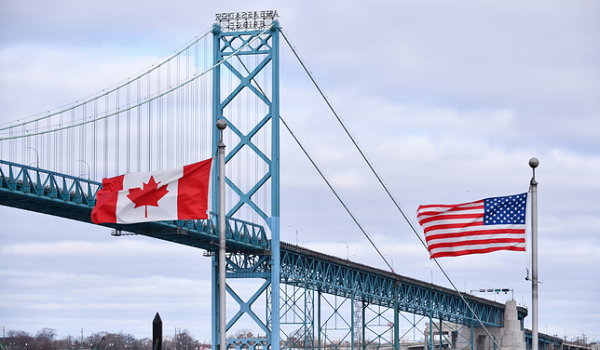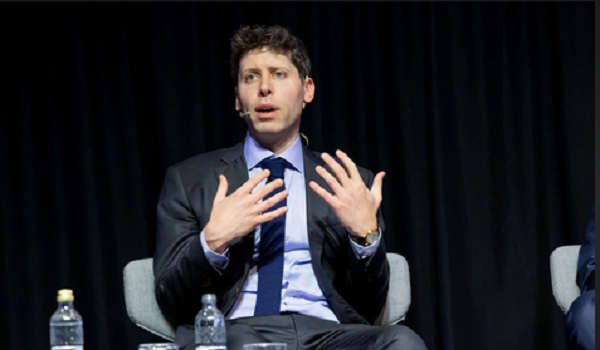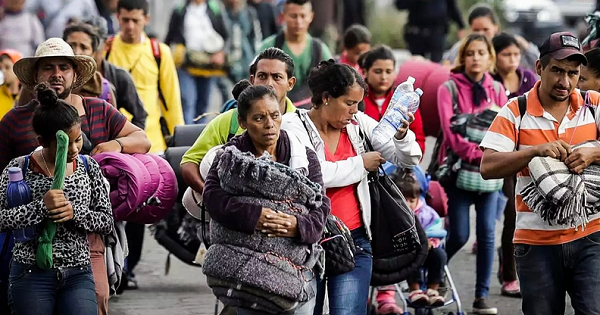Trump’s tariffs could increase online and cross-border shopping cost
That winter coat you’ve been eyeing from a U.S. brand? The artisanal soap that’s only available stateside? Shopping online for those products, and many more, could soon cost more – or be impossible – if Canada and the U.S. follow through on their tariff war.
Not only will Canadian consumers likely face higher prices on U.S.-made goods, but other possible effects include increased duties, longer delivery times and some retailers choosing to stop shipping to Canada altogether.
Adding to the uncertainty, there is no clear framework for how these tariffs would be applied at the border, experts say.
“It will be miserable and bumpy, to say the least,” said Matt Poirier, vice-president of federal government relations at the Retail Council of Canada.
While Canada’s counter-tariff list on U.S. products is largely food products, it also includes clothing, appliances and other items Canadians commonly order online.
Root and Branch Paper Co., a Tennessee-based stationery company, took to Instagram on Feb. 5 to warn Canadian customers about the potential impact of counter-tariffs.
In the post, the company confirmed it is still shipping to Canada but said that if the counter-tariffs take effect, items such as “notebooks, notepads and sketchpads” could be affected.
“I understand the fear and anger this tariff situation has caused because I am feeling it, too,” said owner Jessie Tyree Jenness in the post. “As an American individual and business owner, I’m gutted by the recent actions of our government and honestly, very fearful for the future, for reasons far beyond the tariff situation.”
The company urged customers to place their orders now, ahead of any potential complications. On Feb. 3, Canada and the U.S. agreed to a 30-day pause on planned tariffs.
If counter-tariffs kick in March or later, and you purchase an item that appears on the list from a U.S. retailer, your package will be assessed at the border by the Canada Border Services Agency. If a CBSA officer decides the product is subject to the new tariff, a 25-per-cent levy will likely be added on top of any existing duties, according to Mr. Poirier.
The process may seem straightforward, but in practice, it could lead to unexpected hurdles.
For one, shoppers won’t see the added tariff charge at checkout. “It’s going to be a bit of an invisible cost,” said David Nagy, founder of eCommerce Canada, a digital consultancy. Some consumers may not know their item is subject to tariffs when they buy it, he said.
The 25-per-cent tariff will be passed onto the consumer in most cases, according to experts. However, businesses will also face setbacks due to potential tariffs, such as lower demand. This could lead retailers to raise prices to offset the tariffs, Mr. Nagy said.
Once shipped, the CBSA may not be equipped to handle the added complexity and volume of tariff assessments, Mr. Poirier said. “A lot of this is left up to the interpretation of the individual officers,” he said. This could lead to longer processing times and create a backlog at the border, delaying shipments.
It is also unclear whether tariffs will be exempt under Canada’s “de minimis” threshold.
Currently, under Canada’s trade agreement with the U.S. and Mexico, goods entering by courier from these countries are exempt from taxes if the shipment is valued at $40 or under and exempt from duties if $150 or under.
The U.S. has a similar rule, allowing imports under $800 to enter duty-free. However, President Donald Trump’s executive order would allow tariffs to be slapped onto goods under this threshold (as it already has with China).
Allison Gifford, vice president of policy and public affairs at Clear Strategy and former senior manager at Amazon, thinks that if Mr. Trump were to take the $800 threshold off the table, “it wouldn’t be crazy for Canada to consider doing the same thing.” This would mean Canadians could pay duties and taxes on even the smallest purchases from the U.S.
“Some U.S. retailers may decide that due to the higher costs or the shipping complications with customs, that they just want to stop shipping to Canada altogether,” Ms. Gifford said.
This article was first reported by The Globe and Mail













